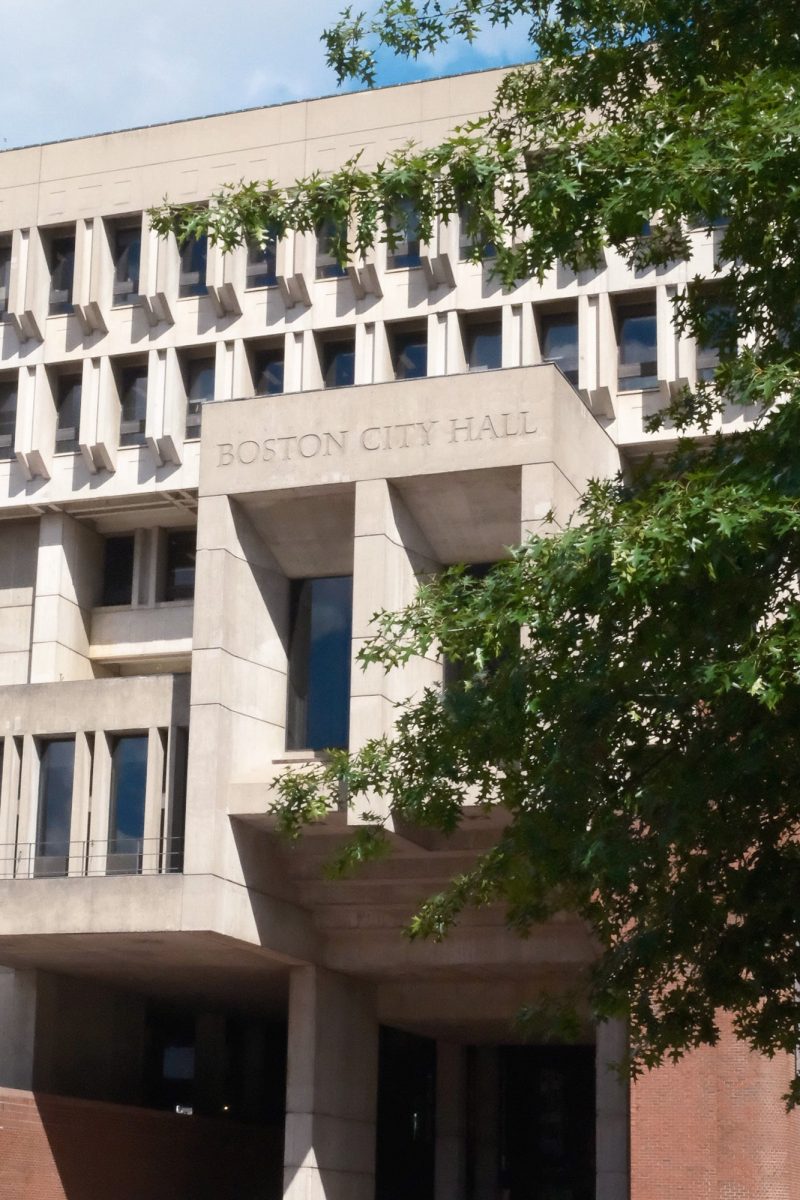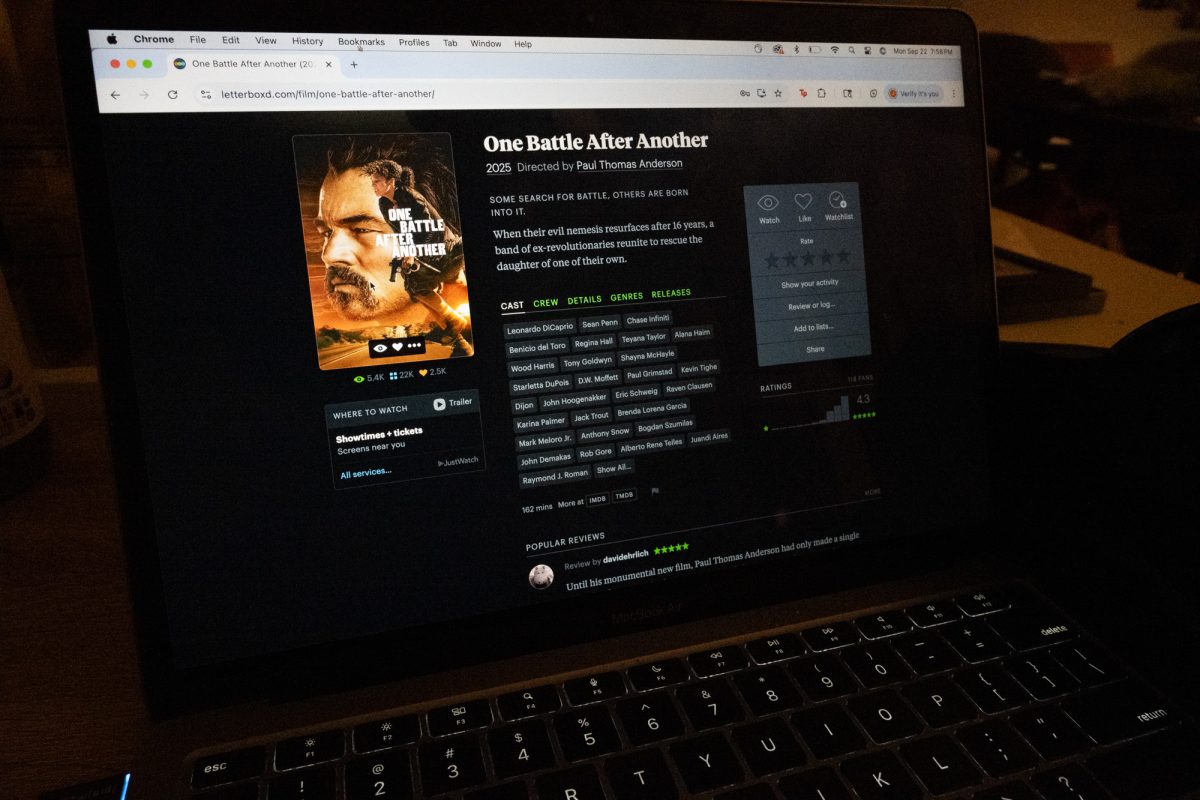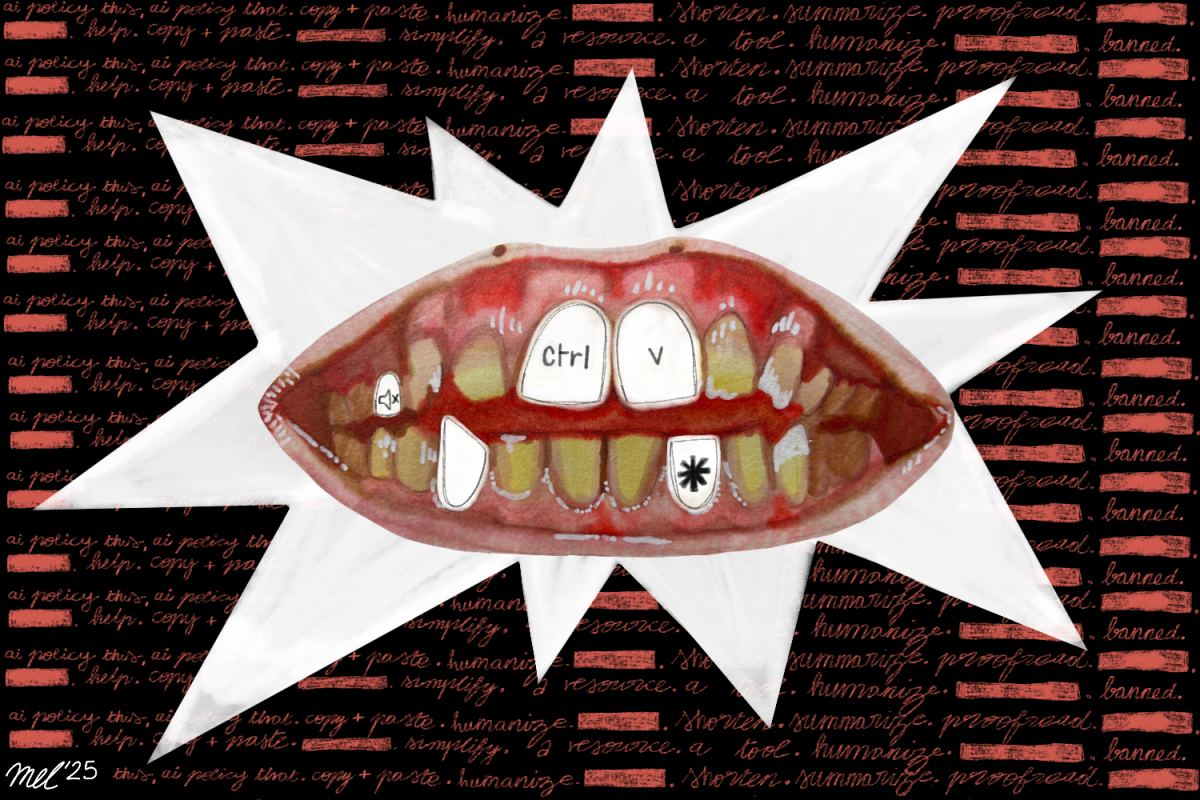Content warning: Domestic violence is discussed in this article.
About three weeks ago, on Sept. 11, 2021, travel blogger Gabrielle Petito’s parents reported her missing. Since then the nation has been locked into every aspect of the case. If you have somehow been completely offline for the past two weeks, I’ll quickly bring you up to speed.
Gabby Petito was a 22-year-old YouTuber and influencer who went on a four-month cross-country road trip with her fiance, 23-year-old Brian Laundrie. The couple documented their travels on their Instagram pages and YouTube account. But what isn’t documented are the events that led to the nationwide search and discovery.
We still don’t know what happened to Petito. How she died isn’t known yet, but Laundrie is a person of interest.
I’m not here to talk about the case itself, the intense media attention, or the fact that about 700 indigenous women have gone missing in Wyoming like Petito, but didn’t receive a widespread search. Instead, I want to focus on domestic violence. Specifically, I want to talk about an article I saw floating around during the height of the Petito coverage.

The first time I read the article published by 9News, “What can the Gabby Petito case teach us about domestic violence,” I gave it a double glance to make sure I didn’t miss anything. Author, Jaleesa Irizarry begins by explaining the Petito case and the domestic disturbance incident that was reported between Petito and her fiance and then speaks with Natasha Adler, a domestic violence advocate from SafeHouse Denver.
The interview was a pretty straightforward discussion about domestic violence warning signs and how to talk to loved ones about issues. But to me, it seemed like nothing new was added to the conversation. Maybe it’s just me, but it feels like we have known for a very long time that domestic violence isn’t always noticeable. It can take the form of stalking, emotional abuse and gaslighting, among other things.
It feels like every time something blows up in the media the way this case did and it has an aspect of domestic violence, all we do is reiterate the things we should all already know. I’ve learned domestic violence isn’t always noticeable about a hundred times, but I don’t think I have heard about new tactics implemented by police departments to better respond to domestic violence calls.
Why do we continue to let police respond to domestic violence calls? Like the myriad of things that the police should not have the right to do, deciding who the aggressor and who the victim is in a domestic violence situation is one of them.
Let’s go back to the Petito situation. In the Aug. 12 body camera footage released by Goab Police Department taken during the Petito domestic disturbance call, the officers determined that the aggressor was the visibly emotional and frantic Petito, while the victim was the calm and collected Laundrie. How was the decision made? Because Petito said that after Laundrie grabbed her face and pushed her, he locked her out of their van, so she slapped him and hit his arm to get his attention.
Did she get physical? Yes. Was she the aggressor? Not according to the witness who called 911 after seeing Laundrie strike Petito. So, the police who were called to help her ended up leaving her alone with a van she said she doesn’t usually drive and taking her fiance to a motel for the night. And we wonder why victims are afraid to report anything.
In Utah, the state where the situation happened, officers are mandated to make an arrest during a domestic violence call. Thus, instead of de-escalating the situation, the mindset was, “who do we arrest.” If someone with knowledge on intimate partner violence responded instead or someone with proper de-escalation and mental health expertise was there, then the situation could have gone a lot differently.
If Petito got help during the initial Aug. 12 incident, maybe things would be different now. The same could be said for the four women who are killed by intimate partners a day.
We love to blame the system and should blame it for good reason. Leigh Goodmark, law professor and director of Gender Violence Clinic at the University of Maryland put it best, “If there’s anybody the system does, in theory, work for, it’s white women. And when you see that the system doesn’t even work for an attractive white woman, you really have to question whether it’s going to work for anybody at all.”














































































































